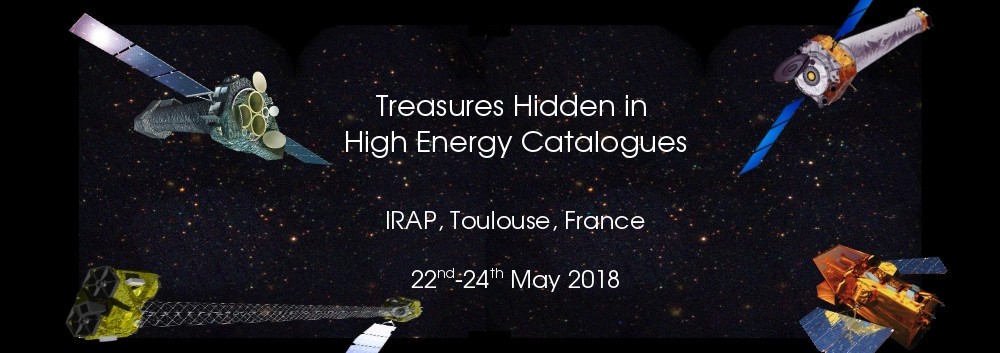Intermediate Mass Black Holes (IMBHs) -- which are defined as BHs with masses between 10^3Msol to a few times 10^5Msol -- are predicted by a variety of plausible scenarios and are the likely seeds for super massive black holes (SMBHs). However, despite the discovery of less than a handful of very strong candidates, we have yet to firmly establish their presence in the universe and are even further from establishing any characteristics of their population (i.e. the existence of two sub-populations of 100-1000Msol and 10^4 − 10^5 Msol). Establishing these facts is a crucial and necessary step in understanding stellar and galactic evolution as well as probing black hole feedback in different mass regimes. More importantly, determining the presence and demographics of IMBHs will shed light to the mystery of the presence of supermassive black holes with masses exceeding 800 million times the mass of the Sun, at a mere few hundred million years after the Big Bang. In my talk, I will review the proposed formation mechanisms of IMBHs and SMBHs, give a concise presentation of the different observational methods used to detect IMBHs and measure their mass, and propose an ambitious plan to build a census of the mass of the central black holes of all nearby (<150Mpc) low luminosity AGN. This project will seek out all galaxies with multi-wavelength observations, contained in numerous optical surveys and X-ray and radio catalogs and use a new and powerful multi-wavelength method to estimate the mass of the central black holes.



